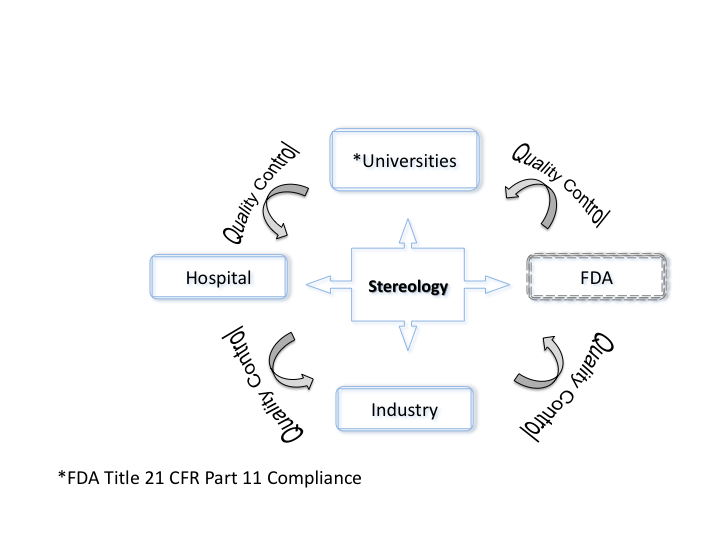Will convalescent serum be used to treat all COVID-19 patients? If so, what are the risks and benefits?
No. First, let’s understand this treatment, it is a type of passive immunization and involves the direct transfer of antibodies extracted from recovered COVID-19 patients to those who are at risk. Note: the recovered patients must have tested positive for COVID-19 previously but negative when participating in this type of immunization. It’s an old method used to prevent or treat infection when a vaccine isn’t available. However, this is more effective when used for prophylaxis than for treatment. When used therapeutically, convalescent serum is administered to those with clinical disease to reduce their symptoms and mortality. But giving people antibodies from survivors doesn’t always work. In order to make it effective, a sufficient amount of antibody must be administered. The challenge is to recruit a considerable number of patients who are eligible to donate plasma. Patients with certain immunodeficiencies or lung-related comorbidities, for example, may be ineligible. Also, the serum should be collected at least a few weeks after the donor has been discharged. Thus, for many reasons this therapy is still considered experimental and indicated for those cases of critical condition. Two months ago, the first dose of convalescent plasma from a COVID-19 patient was collected and transferred to a severely ill patient at a hospital in Wuhan, China. This trial demonstrated an improvement of the heathy condition of the COVID-19 patient with a reduced viral load. Despite being effective, we don’t know how many weeks we can expect the antibodies to persist. Thus, the long-term research goal to treat COVID-19 is still a vaccine. There are currently, no specific treatment for COVID-19, though a number of trials, including antivirals have shown some promise in treating COVID-19. Participating in a clinical trial has risks and benefits. The big benefit of participating in these trials is to prevent infection and subsequent disease in those who are at high risk for disease. The potential risks include the increased risks of having transfusion-related acute lung injury and antibody-dependent enhancement of infection. However, with modern blood banking techniques, these risks are considered low.




